North Korean tech tree for World of Tanks proposal by PikPikker
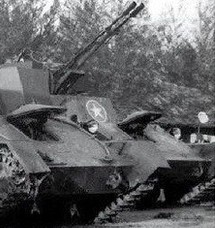
- ?
- 140 hp
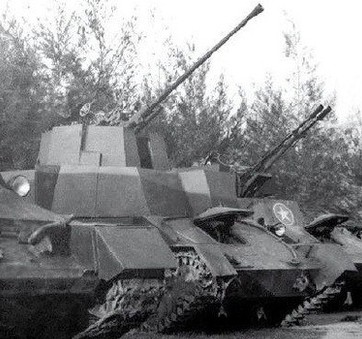
One of three SPAAGs found in Vietnam in 1970s. This one is based on SU-76 and has a turret with twin auto AA guns of 14.5 mm or 23 mm caliber. Nothing known about its usage.
Notice that a real name of this vehicle is unknown, so as it uses only Soviet parts I designated it in a Soviet way.
Vietnamese vehicles are possible to be seen in the North Korean branch because these countries had diplomatic relations and.. otherwise it would be too hard to find appropriate vehicles for the tree because historically the first (and the weakest) tank of North Korea is SU-76.


- ?
- 140 hp
- 140 hp
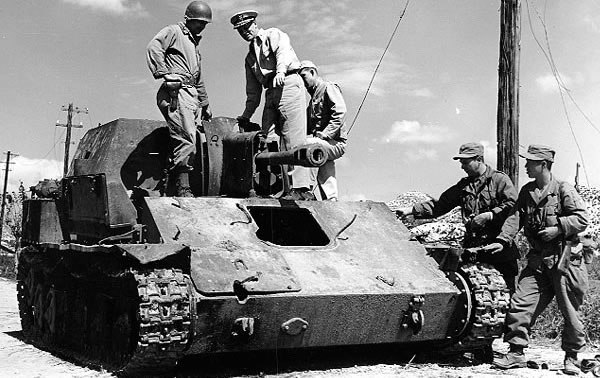
One of three SPAAGs found in Vietnam in 1970s. This one is based on SU-76 and has a turret with a single auto AA gun of 37 mm caliber. Nothing known about its usage.
Notice that a real name of this vehicle is unknown, so as it uses only Soviet parts I designated it in a Soviet way.
Vietnamese vehicles are possible to be seen in the North Korean branch because these countries had diplomatic relations and.. otherwise it would be too hard to find appropriate vehicles for the tree because historically the first (and the weakest) tank of North Korea is SU-76.

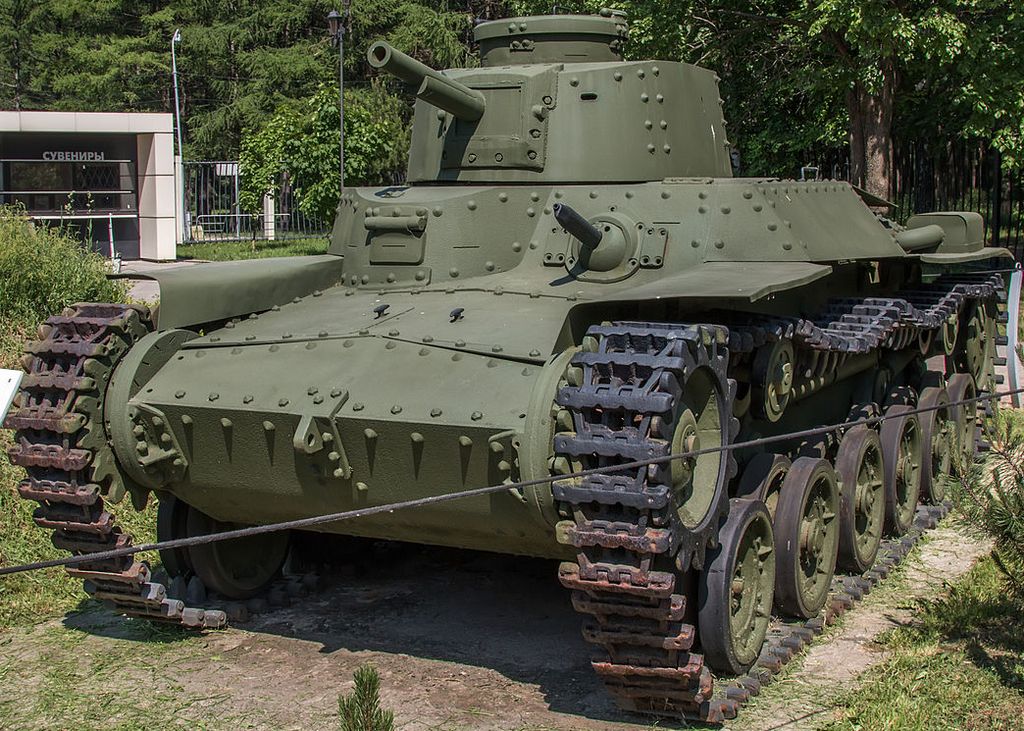
- 140 hp
- 170 hp

The SU-76M was used by Communist forces in the Korean War (1950-1953). The SU-76Ms was used as light artillery vehicles for bombardments and indirect fire support. A small number of SU-76Ms were captured and used by the South after the landing of Incheon. There were totally 132 SU-76's used in North Korea, but almost all were destroyed during the war.
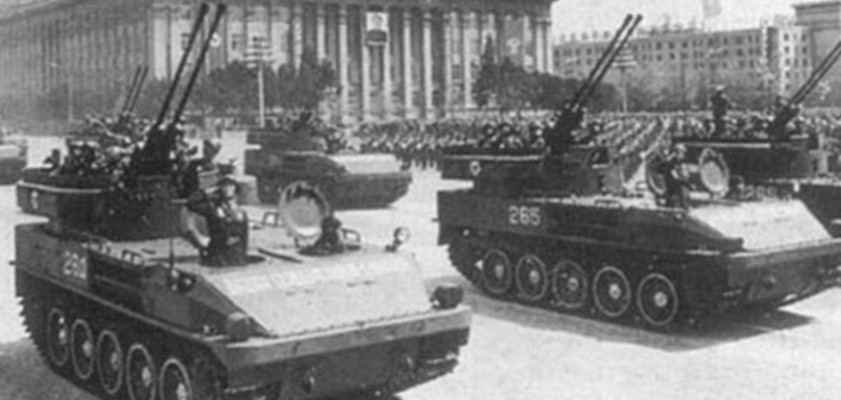

- Bulletproof (open top)
- 300 hp
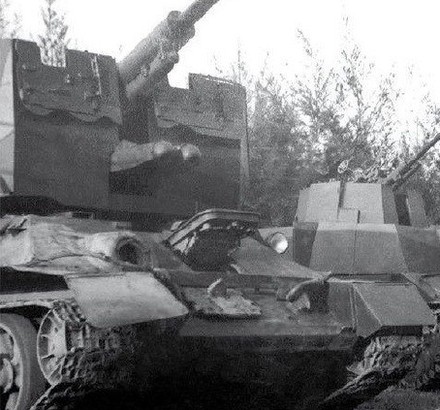
One of the indigenous North Korean built SP guns seen during a parade (M1978 means that 1978 is the date of appearing this vehicle). Based on the Soviet ATS-59 carrier chassis, supposed to have a light armor.


- 500 hp
- 500 hp
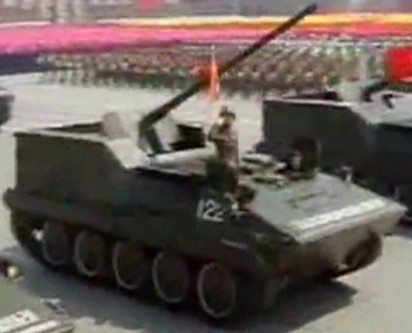
One of three SPAAGs found in Vietnam in 1970s. This one is based on Type 58 (T-34-85) and has a mount with 57 mm AZP S-60 AA gun. Nothing known about its usage.
Vietnamese vehicles are possible to be seen in the North Korean branch because these countries had diplomatic relations and.. otherwise it would be too hard to find appropriate vehicles for the tree.


- 320 hp

This TD was built on the chassis of VTT-323 APC (from 1973) by installing Soviet 85 mm D-44 division gun. At least several units were produced.
Notice that this is an amphibious vehicle - that's why it has a special mark in the tree being currently unavailable for the game. But some sources say that such tanks will be introduced into game some time, so it will be possible.
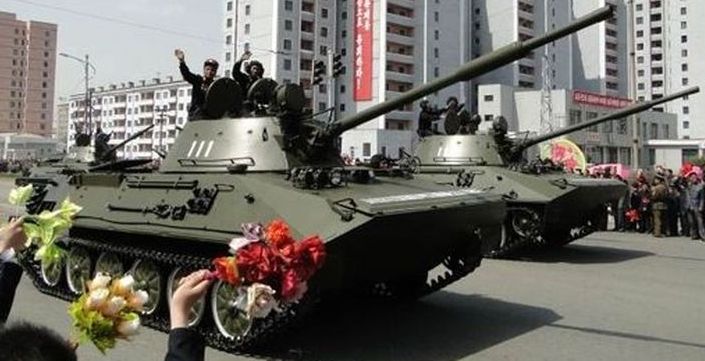
- 30 mm
- 500 hp
Type 82, whose North Korean name is Model 1981 "Shin'heung" (Rise), is the common western designation of a light amphibious tank built in North Korea for the needs of their army, with around 500 examples operated. The PT-85 is based on the lengthened VTT-323 APC chassis, and although the turret appears similar to PT-76, the PT-85 has a higher horseshoe-shaped turret, with an 85 mm gun and hatches similar to those of a T-54.
Notice that this is an amphibious vehicle - that's why it has a special mark in the tree being currently unavailable for the game. But some sources say that such tanks will be introduced into game some time, so it will be possible.
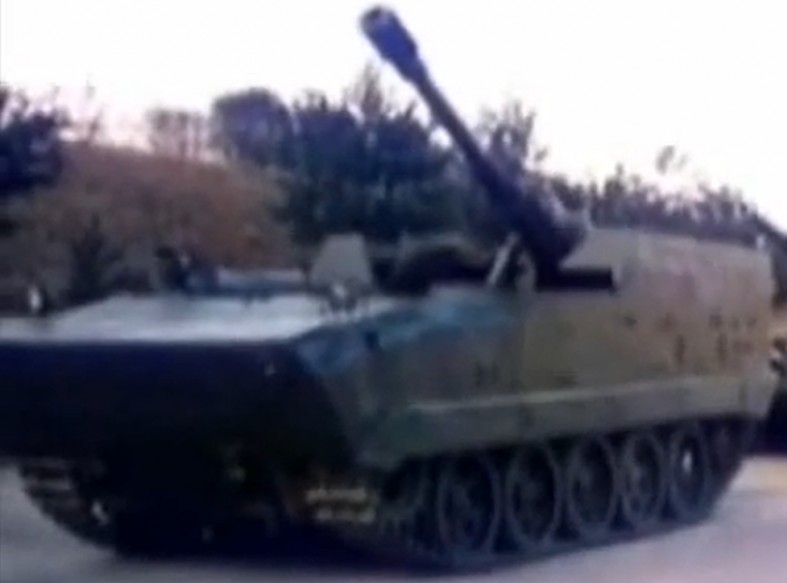
- M-30 clone with a muzzle brake
- 300 hp
One of the indigenous North Korean built SP guns (M1974 means that 1974 is the date of appearing this vehicle). Based on the Soviet ATS-59 carrier chassis, supposed to have a light armor. Only a single unit was seen.
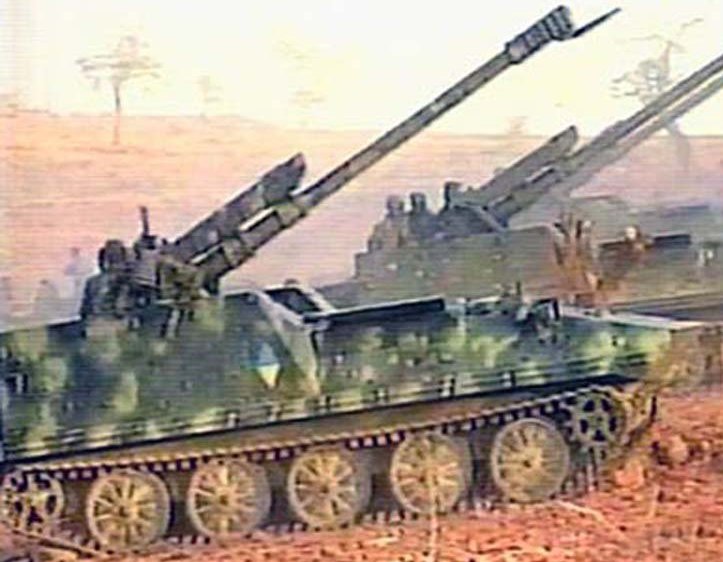
- 320 hp
The M1977 is a North Korean 122 mm self-propelled howitzer. Its actual designation is unknown. The M1977 designation was allocated by a US Department of Defense. Number in the designation denotes the year when this system was observed by US intelligence. This North Korean artillery system was adopted in the mid 1970s and is widely used to this day. The M1977 was possibly exported somewhere to Africa, but it's not confirmed.
The M1977 self-propelled howitzer is based on an M1973 armored personnel carrier chassis, which is sometimes referred as VTT-323. The tracked chassis is lightly armored and has enclosed sides, but open top. It provides some degree of protection from small arms fire and artillery shell splinters. In traveling order the open top can be covered with bows and canvas cover. This North Korean artillery system uses an ordnance of the Soviet D-30 towed howitzer.
This artillery system has a semi-automatic sliding wedge breech, which improves firing rate. Maximum rate of fire is 6-8 rounds per minute. Sustained rate of fire is 1-4 rounds per minute. M1977 is operated by a crew of around 8 to 9 soldiers. The crew prepares the M1977 for firing from travelling within around 3 minutes. Before firing two large stabilizing spades are lowered to the ground at the rear. This artillery system has no defensive armament, except firearms of its crew members.
Notice that this is an amphibious vehicle - that's why it has a special mark in the tree being currently unavailable for the game. But some sources say that such tanks will be introduced into game some time, so it will be possible.
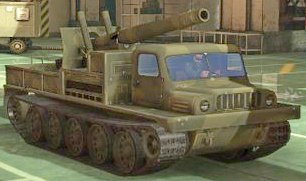
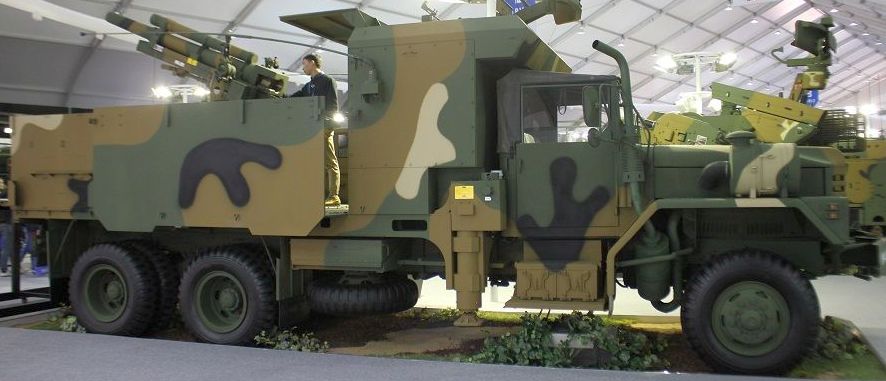
- 300 hp
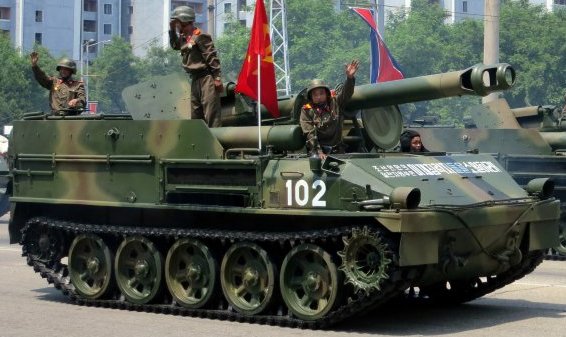
152 mm howitzer installed on Tokch'on (ATS-59) carrier without armor - looks like a possible ptototype of M1974 152 mm. Even a built vehicle wasn't seen.


- 300 hp
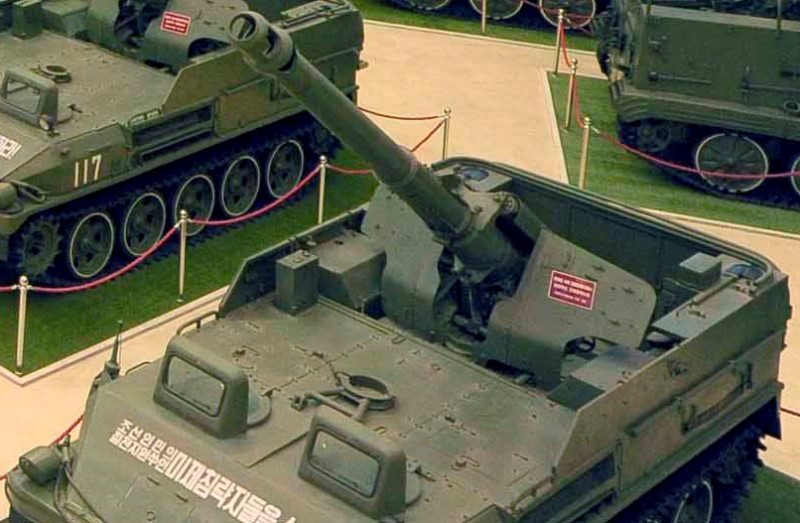
The M1974 is a North Korean 152 mm self-propelled gun-howitzer. Its actual designation is unknown. The M1974 designation was allocated by a US Department of Defense. Number in the designation denotes the year when this system was observed by US intelligence. This North Korean artillery system was adopted in the 1970s and is widely used to this day. As far as it is known the M1974 was not exported outside North Korea.
This artillery system combines a modified version of the Soviet D-20 towed gun-howitzer, mounted on a lightly armored tracked chassis. North Korea manufactured these Soviet howitzers under license. The M1974 can be seen as a North Korean attempt to create a self-propelled artillery system, somewhat equivalent to the Soviet 2S3 Akatsiya. Though the North Korean artillery system was inferior in many respects.
This artillery system has a semi-automatic semi-automatic sliding wedge breech, which improves rate. Maximum rate of fire is around 4 to 6 rounds per minute. It is operated by a crew of 8 or 9 soldiers. The crew prepares the M1974 for firing within around 3 minutes from travelling. Two large stabilizing spades are lowered to the ground at the rear before firing. Armor of the M1974 provides some degree of protection for its crew against small arms fire and artillery shell splinters. The gun-howitzer retains its original splinter shield. Though top of the superstructure is opened. In traveling order it can be covered with bows and canvas cover. This artillery system has no defensive armament, except firearms of its crew members.


- A Chinese clone of D-20 with a bit different muzzle brake
- 300 hp
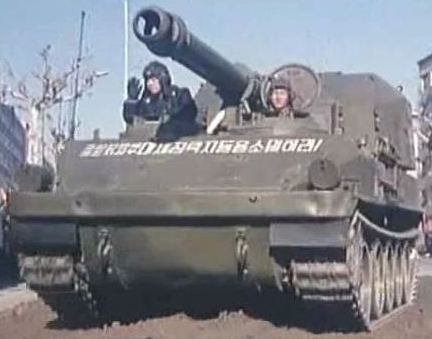
M1985 is a modified version of M1974 152 mm with some minor differences.


- A Chinese clone of D-20 with a bit different muzzle brake
- 300 hp
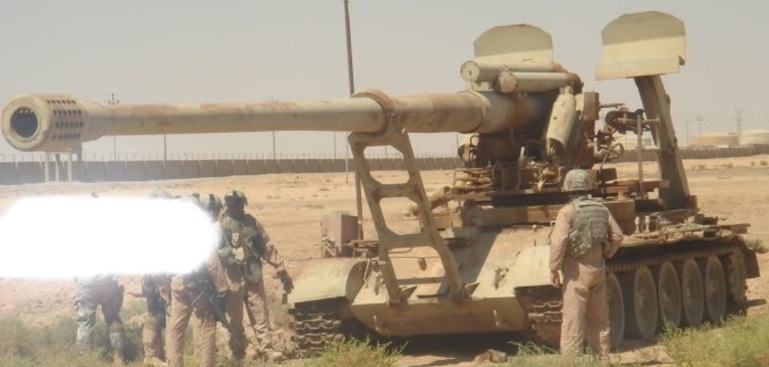
M1991 is a successor of M1974 152 mm with a fully enclosed turret (which possibly can rotate 360 deg). Only one vehicle seen.

The hull of this TD a bit differs from VTT-323 85mm.

- 320 hp
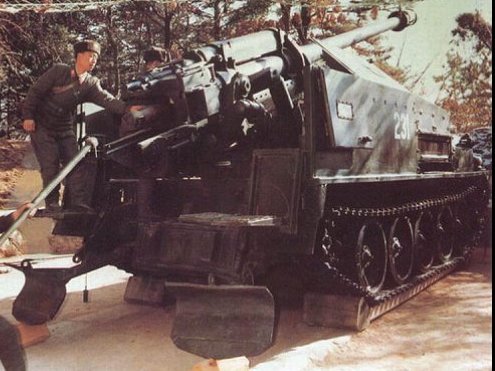
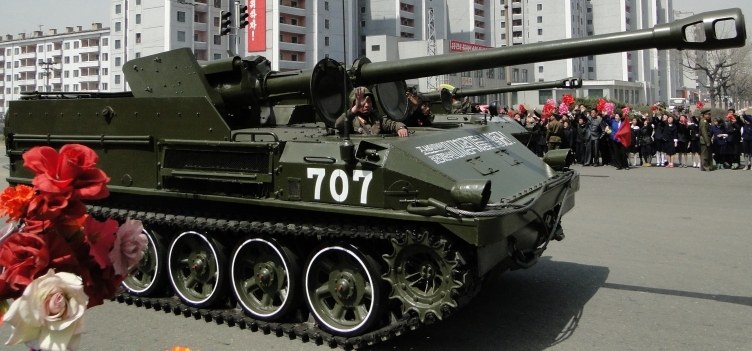
This TD was built on the chassis of VTT-323 APC (from 1973) by installing Soviet 100 mm BS-3 gun. At least several units were produced.
Notice that this is an amphibious vehicle - that's why it has a special mark in the tree being currently unavailable for the game. But some sources say that such tanks will be introduced into game some time, so it will be possible.
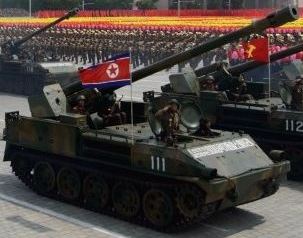
Type B is a version with less protection

- 300 hp
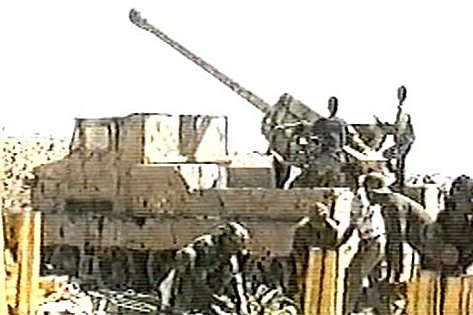
SPG based on Tokch'on (ATS-59) with SM-4-1 coastal defense gun. At least 6 units were built, seen in 1991 or 1992.
"Type A/B" designation is fictional - just to differ tanks with the same names.

Type A is a version with more protection and more closed compartment

- 300 hp
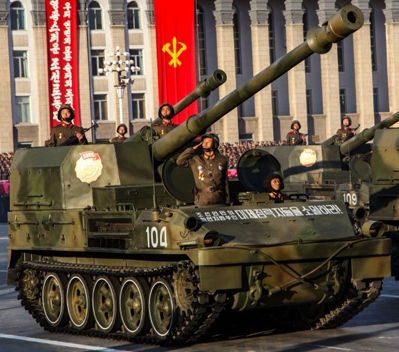

SPG based on Tokch'on (ATS-59) with SM-4-1 coastal defense gun. Only one vehicle was seen, no info about it.
"Type A/B" designation is fictional - just to differ tanks with the same names.
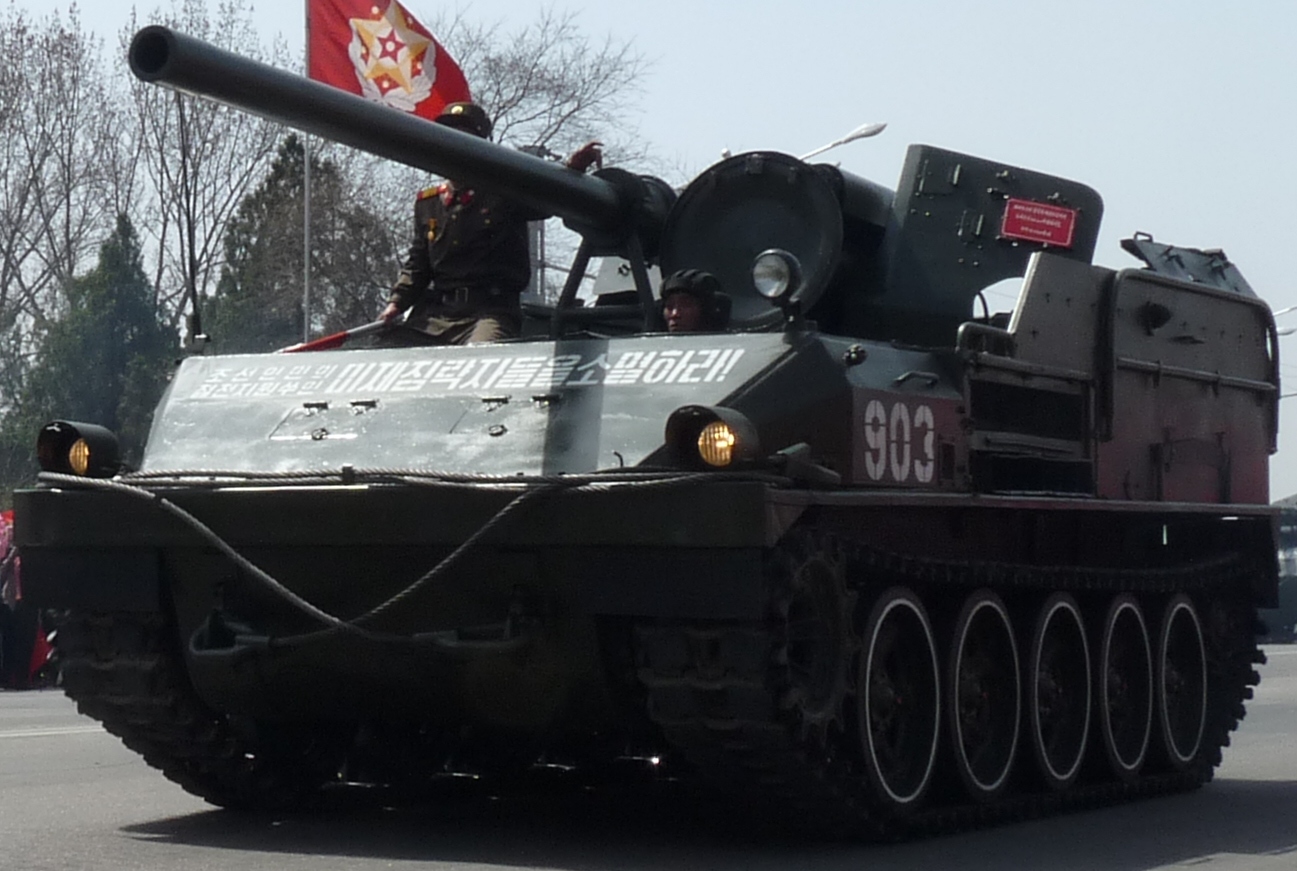
- 300 hp
100 mm BS-3 gun mounted on Tokch'on (ATS-59) chassis. It was built in 1970s. Sometimes this SPG is named "Unindentified tank destroyer" as it has less information than other North Korean units.

The gun looks like the M-46, but maybe it's SM-4-1 (or them both were used on this SPG)

- 300 hp

130 mm SPG based on Tokch'on (ATS-59), designed in 1975. Its photo was taken in 1998-2000 in Eastern Africa during the Eritrean–Ethiopian War. More possibly this vehicle belonged to the Ethiopian army.
"Type A/B" designation is fictional - just to differ tanks with the same names.


- 300 hp
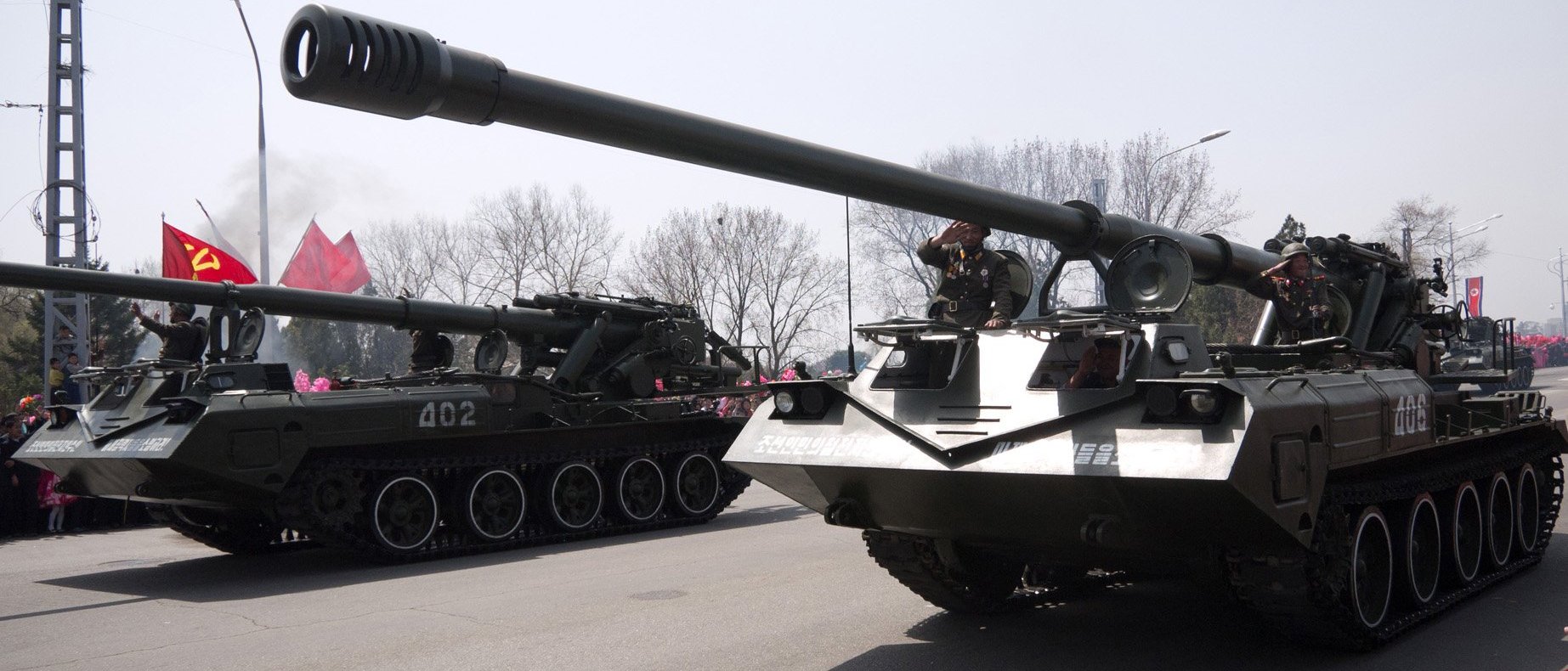
The M1975 is a North Korean 130 mm self-propelled gun. Its actual designation is unknown. The M1975 designation was allocated by a US Department of Defense. Number in the designation denotes the year when this system was first observed by US intelligence. This North Korean artillery system was adopted in the 1970s and is widely used to this day. As far as it is known the M1975 was not exported outside North Korea.
This artillery system has a maximum range of around 27 km. Maximum rate of fire is around 7-8 rounds per minute. Sustained rate of fire is around 1 round per minute. This artillery system is operated by a crew of 8 or 9 soldiers. The crew prepares the M1975 for firing within around 3 minutes from travelling. Before firing two large stabilizing spades are lowered to the ground at the rear of the hull.
"Type A/B" designation is fictional - just to differ tanks with the same names.


- Equipped with this gun the TD is equal to M1974 SPG.
- D-74 uses ballistics of the M-62 gun.
- 300 hp
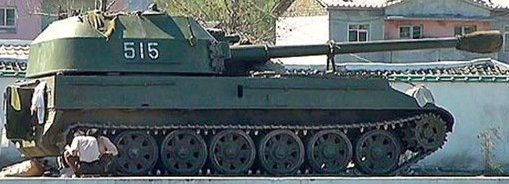
The M1981 is a North Korean 122 mm self-propelled gun. Its actual designation is unknown. The M1981 is provisional designation, allocated by a US Department of Defense. Number in the designation denotes the year when this system was first observed by US intelligence. This North Korean artillery system was adopted in the late 1970s or early 1980s and is used to this day. As far as it is known the M1981 was not exported outside the North Korea.
This artillery system combines a modified version of the Soviet D-74 towed gun, mounted on a lightly armored tracked chassis. A number of Soviet D-74 guns were exported to North Korea. The M1981 can be seen as a North Korean attempt to create a self-propelled artillery system, somewhat equivalent to the Soviet 2S1 Gvosdika and to improve mobility and protection of their D-74 towed guns.
At least several units were built, but nothing is known about their service.


- D-74 uses ballistics of the M-62 gun.
- 750 hp

The M1992 is a North Korean self-propelled gun. This artillery system was first observed by US intelligence in 1992. Its actual designation is unknown. The provisional designation, the M1992, was allocated by the US Department of Defense. Number in the designation indicates the year it was first observed. The M1992 was produced in large numbers. It is currently in service with the North Korean army.
The system is based on the indigenous Ch'onma-ho Main Battle Tank chassis and represents a collection of five distinct tracked vehicles mounting various heavy guns (all of Soviet-era origin). One model sports the 122mm D-30 while another is given the 122mm D-74 series weapon. The 130mm M-46 has also been witnessed as has the 152mm ML-20. Still another model is outfitted with the 130mm SM-4-1 howitzer system.
Unlike many other North Korean self-propelled artillery systems, the M1992 has a fully-enclosed armored hull and turret. Its armored provides protection from small arms fire and artillery shell splinters. The crew fires the gun from the inside of the vehicle under complete armor protection. Most older North Korean self-propelled artillery systems were open-topped and provided only limited protection for their crew. There is also a roof hatch at the rear for loading of ammunition.
"Type A/B" designation is fictional - just to differ tanks with the same names.


- 750 hp
The M1992 is a North Korean self-propelled gun. This artillery system was first observed by US intelligence in 1992. Its actual designation is unknown. The provisional designation, the M1992, was allocated by the US Department of Defense. Number in the designation indicates the year it was first observed. The M1992 was produced in large numbers. It is currently in service with the North Korean army.
The system is based on the indigenous Ch'onma-ho Main Battle Tank chassis and represents a collection of five distinct tracked vehicles mounting various heavy guns (all of Soviet-era origin). One model sports the 122mm D-30 while another is given the 122mm D-74 series weapon. The 130mm M-46 has also been witnessed as has the 152mm ML-20. Still another model is outfitted with the 130mm SM-4-1 howitzer system.
Unlike many other North Korean self-propelled artillery systems, the M1992 has a fully-enclosed armored hull and turret. Its armored provides protection from small arms fire and artillery shell splinters. The crew fires the gun from the inside of the vehicle under complete armor protection. Most older North Korean self-propelled artillery systems were open-topped and provided only limited protection for their crew. There is also a roof hatch at the rear for loading of ammunition.
"Type A/B" designation is fictional - just to differ tanks with the same names.


- 520 hp
The M1978 Koksan self-propelled gun was developed in North Korea. A key requirement for this artillery system was the capability of reaching Seoul from the north of the demilitarized zone. Designation of this vehicle was allocated by the US Department of Defense. It was first observed by US intelligence in 1978 in the city of Koksan, hence its designation. This artillery system was first publicly revealed in 1985. It is in service with the North Korean army, however the number employed in not publicly reported.
It is based apparently on a Type 59 tank chassis, similar to the T-54A, and therefore others of the type could have been also adapted to T-54 chassis as well. The most striking and characteristic aspects of the gun compared to Western SPGs is the absence of protection, something accepted for major artillery pieces since the 1940s in the west. The gun itself was possibly derived from a Russian naval coastal battery or from a WW2 German designed later copied by USSR. For use on a tank, it was given a massive muzzle brake, a small platform was fitted as the rear base of the mount and two large and heavy uplifting spades were fitted at the rear. The latter were firmly planted in the ground when firing. It is not known however if the gun platform traverse was ever envisioned, but due to the weight of its and inevitable stability problems, it is very unlikely.
The Koksan boasted the longest range for any SPG back in the late 1970’s, with 40 km with the standard two-pieced ammunitions, or 60 km using ammunitions with an additional booster (RAP round). Its estimated rate of fire is ~1-2 rounds per 5 minutes. However, there was no room left for any ammunition. There was a permanent crew of four traveling with the Koksan the four others following with the ammunitions in a support vehicle. Production of this model is unknown, but based on the parade footage, satellite intelligence, and photos, it is reliably reported that North Korea has about 500 of these vehicles stationed near the DMZ within range of Seoul. Its production stopped when the new M1989 was introduced.
It has been suggested by experts that M-1978 & M-1989’s equipped 12 SPG strong battalions, with 20-30 trucks and around 150 to 190 support personnel, sub-divided into three batteries of four vehicles each, plus an HQ battalion. A Brigade then represents 3 to 6 battalions, including its own HQ and organic specialized of engineers, air-defense and target data acquisition. Iran received in 1987 a supply of M1978s which saw an extensive service in the Iran–Iraq War, provided with rocket-assisted rounds. With these, Iranian forces carried out harassment fire against Kuwaiti oil fields while staying well out of reach from Iraqi artillery. These are apparently still in service in present time. Some were captured by the Iraqis however, placed on public display as trophies and later one was captured on the campus of the University of Anbar by US Marines) in 2008, allowing a unique insight of this particular North Korean vehicle.


- 520 hp
Koksan armed with bigger 180 mm gun is sometimes documented. A type of gun is still unknown. It is possible that it was an experimental version of Koksan to increase its firepower even more, but seems it was not successful.


- 520 hp
The M1989 was introduced in 1983 and presented a lengthened chassis with a front cabin reminiscent of the Soviet 2S7 Pion, allowing to carry 12 rounds of ammunition. The crew is still of eight, four in the following vehicle. The “ready round” characteristic emphasize the need for quick operations in case of war. Unlike the M1978, the M-1989 was rarely on public display or covered by news broadcasts.
It has been suggested by experts that M-1978 & M-1989’s equipped 12 SPG strong battalions, with 20-30 trucks and around 150 to 190 support personnel, sub-divided into three batteries of four vehicles each, plus an HQ battalion. A Brigade then represents 3 to 6 battalions, including its own HQ and organic specialized of engineers, air-defense and target data acquisition.